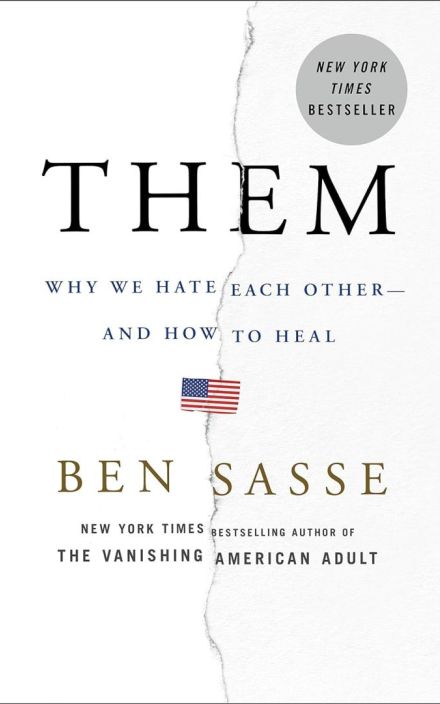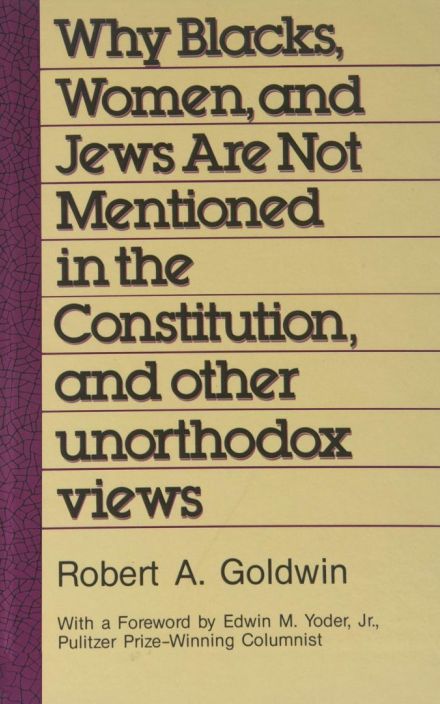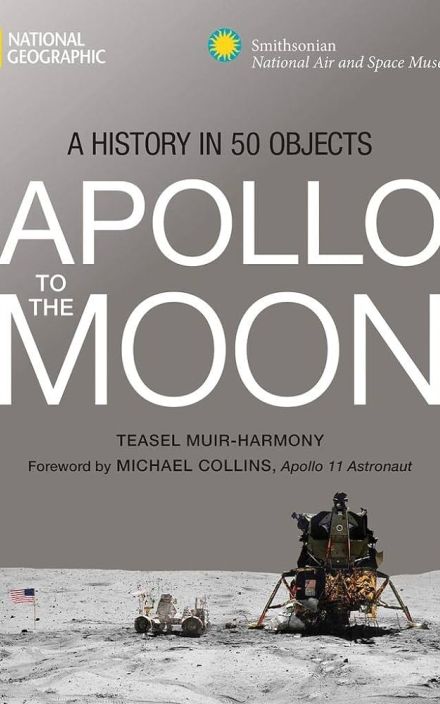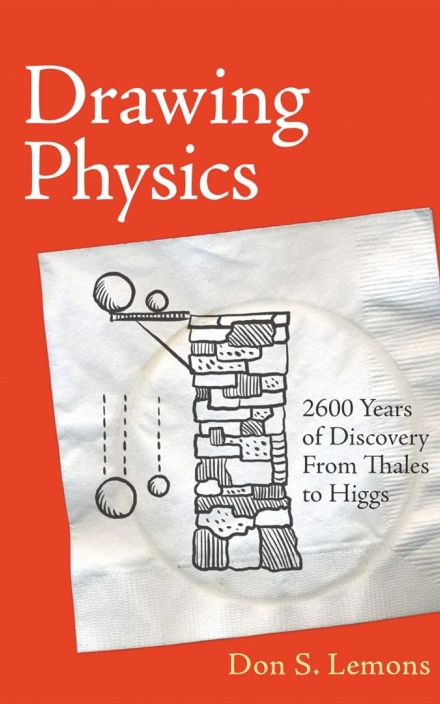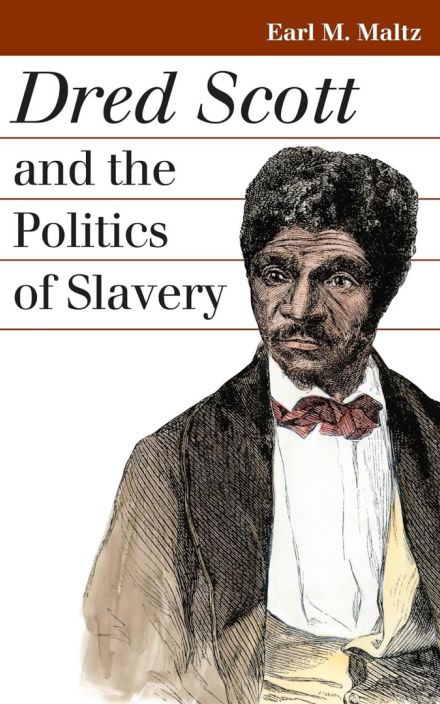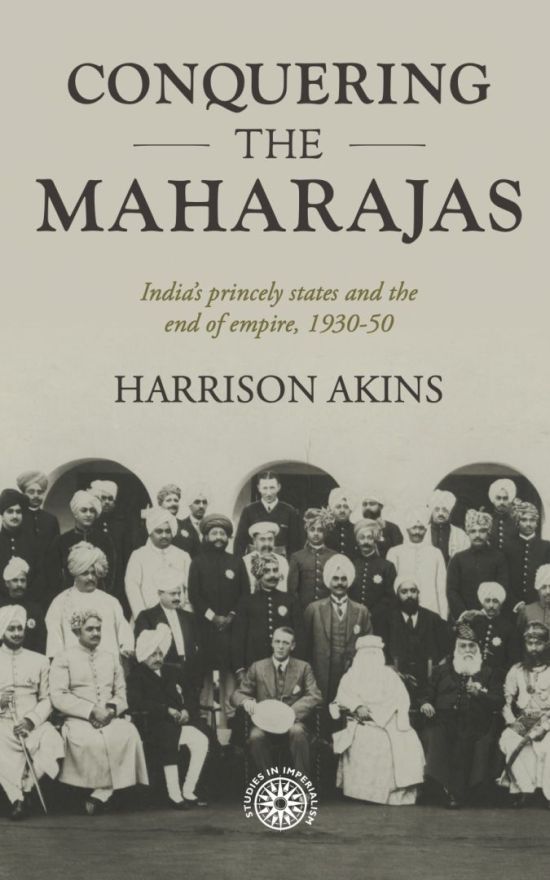
Conquering the Maharajas: India's Princely States and the End of Empire, 1930-50
At independence in 1947, India and Pakistan confronted a vast mosaic of political entities: directly administered districts, tribal areas, European enclaves, and the princely states ruled by India’s maharajas, rajas, khans, and nawabs. The over 560 princely states dotting India’s political landscape were no minor or inconsequential feature of the British Raj, comprising 40 percent of its territory and containing nearly 100 million people.
Yet, India’s princely states are a relatively under-studied aspect of British rule in India and the early years of Indian and Pakistani independence. Far from playing second fiddle to events in the British Indian provinces, the princely states played an integral role in shaping events leading up to and following the transfer of power. Within the British Raj, the princely states were autonomous with recognized sovereignty through treaties with the British Crown. Therefore, each prince had to be convinced, cajoled, and, in some cases, forced to accede to either India or Pakistan. As Indian and Pakistani authorities sought to assert the writ of the post-colonial state, the princes’ sought to preserve their power, setting the stage for political and military clashes based in competing conceptions of state sovereignty.
Conquering the maharajas examines the often overlooked but essential history of Princely India through the tumultuous end of British Empire in South Asia and the early years of Indian and Pakistani independence. As the noted Indian diplomat K.M. Panikkar once remarked, “Any account of the last days of princely rule will sound incredible today.”


